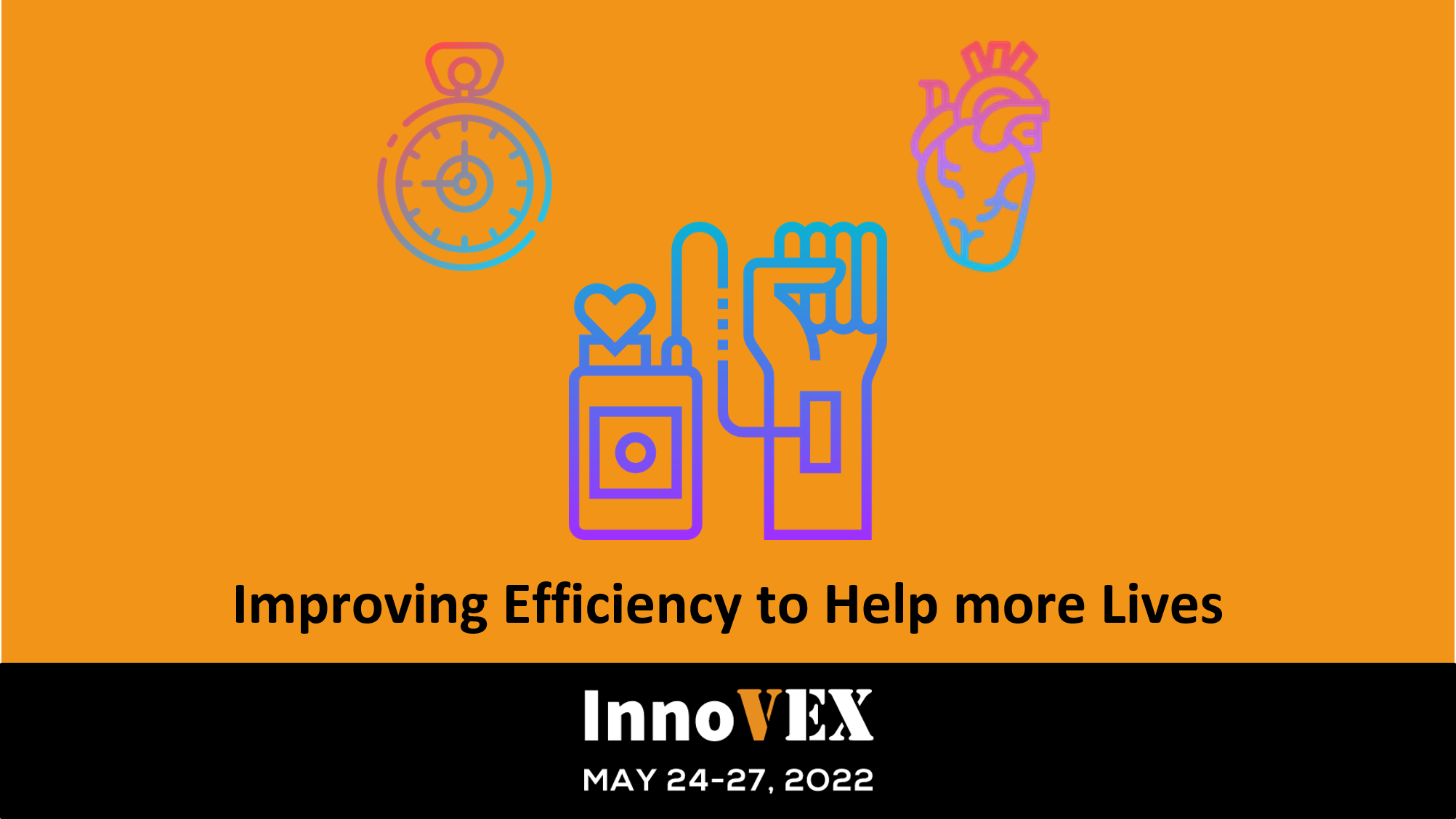
According to a McKinsey report, use of telehealth services in 2021 had increased by 3800% from the pre-COVID-19 baseline. As consumers will still need healthcare regardless of the pandemic, the method of delivery might need to be modified to make sure consumer safety and health are guaranteed. The report clarified that the pandemic essentially created 3 significant changes: that users are more willing to use telehealth services, that providers also become more interested in providing telehealth services, and that regulatory changes facilitate access and reimbursement policies for telehealth.
As telehealth becomes a viable alternative, it might become a preferable method of providing healthcare as it offers users a higher degree of convenience and generally lower cost. On the other hand, telehealth will add a degree of difficulty as users and patients will have to be able to convey and obtain accurate information for the care providers. The additional challenge on the technological side then would be to design a solution that does not require specialized training to use and be able to perform the necessary functions.
The same report pointed out that currently telehealth applications are more focused on psychiatry and substance use disorder treatments. However, treating chronic ailments which might put the patients at a higher risk of infection might need to be put at a higher priority to catch up to the trend and to protect them from any other possible ailments.
On the same branch, in-person care will also have to be done more efficiently to make sure any follow up procedures can be done in a timely manner to minimize potential complications or worsening of symptoms. As hospitals around the world now experience resource shortages, any measure that can prevent unnecessary waste will be beneficial. At the same time, any measure that can minimize or prevent patients’ suffering must also be adopted if viable. Not only because it will help improve their comfort and hopefully recovery rate, but also because it adheres to healthcare workers’ Hippocratic Oath.
In this edition of the InnoVEX Editorial, the highlight will be put on exhibitors of InnoVEX ONLINE who provide innovative solutions in healthcare; both in technologies that support in-person care as well as telehealth.
Constant Cardiovascular Checking
As reported by the
WHO, cardiovascular diseases (CVDs) have been one of the leading causes of death around the world; causing approximately 17.9 million deaths annually. While CVDs causes are varied and require a great degree of habit change, COVID-19 complications add degrees of danger for both patients and caregivers. As a result, patients might have to move some of the procedures in-home to make sure any monitoring process still continues in a more comfortable setting.
Taiwan's
Cloudmed offers users with a remote cardiovascular tester which scans 15 biosigns in 60 seconds such as the users’ ECG, blood oxygen level, blood pressure, heart rate,etc. Their tester device is also paired with a mobile app that can provide users with suggestions to maintain their health. These suggestions include dietary suggestions, exercise regimes, relaxation tools, and more. For patients suffering from CVDs who need constant observation, this solutions might be a useful first step to a healthier life.
Finding Veins
Whenever a patient needs to be administered with an IV drip, finding veins can be a challenge and any failed attempt in finding that vein might bring pain to the patients. This is especially true for the senior citizens who are commonly more likely to develop ailments, more susceptible to illnesses, and generally more vulnerable to complications. Healthcare workers also pointed out that finding veins in the elderly population might be more difficult due to their physiological conditions and it might delay the delivery of life saving medications into their system.
Seeing this issue,
Medtra of India prepared an AR based solution that will help healthcare workers find and track the location of their patients’ veins by displaying the location of said veins on the patient’s skin. This solution aims to reduce the failed attempts during different intravenous medical procedures without compromising standard clinical terms and practices. This process will also help improve efficiency as providers can accurately and quickly prepare patients for further procedures.
Look forward to more updates from InnoVEX
Operating for the whole year, the
InnoVEX ONLINE platform is active 24/7 and visitors can check out the exhibitors at any time and even contact them directly through the PinChat function built into the platform. There will also be news from InnoVEX regularly that will be published and sent via the weekly InnoVEX Tech Startup News digital newsletter. The content will also include highlighted exhibitors, pavilions, and other features of InnoVEX ONLINE 2021. Subscribe to the InnoVEX Tech Startup News
here and never miss an update from InnoVEX.
InnoVEX 2022 is now open for Registration
In addition to the online platform, the 2022 InnoVEX onsite exhibition will take place in Taipei, Taiwan from May 24-27,2022. Online registration for both the hybrid exhibition or the InnoVEX ONLINE platform has started for global exhibitors. For more info or registration details, please click
here.
Look Forward to the Next InnoVEX Pitch Contest
The InnoVEX Pitch Contest has been a mainstay of InnoVEX since it started in 2016. In InnoVEX 2022, the Pitch Contest will return to give participants an opportunity to showcase their innovations and solutions in front of the panel of judges for a chance to win prizes, investments, and more. Follow us on our social media channels to get the latest news from InnoVEX!